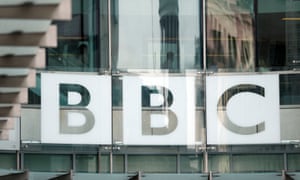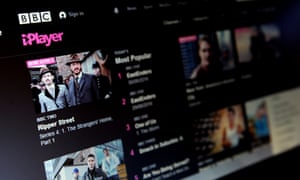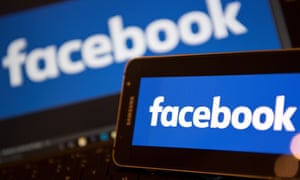Said= Orientalism is to do with "Them and us" and "civilised vs uncivilised"
Fanon= 'Putting on the white mask' and typical black stereotypes
Alvarado= key themes on racial representation
2) Watch the opening of Yasmin (2004) again. Does it offer a positive or negative view of British Muslims? To what extent does it reinforce or challenge Edward Said's theory of Orientalism - that the west is superior to the exotic or uncivilised east?
It offers both positive and negative representations of the British Muslim community. It is mainly positive as it shows them to be quite resilient and subverts some of Said's stereotypes about being uncivilised but it does reinforce some about being lower class and having different values towards white British people, for example in the scene in the pub we see the older white people drinking beer and alcohol and Yasmin had an orange juice. There are positive representations of British Muslims, for example them being dignified in cleaning up hateful graffiti and respectfully answering the police in a stop and search. It does show that the west is superior as the character gives in for whatever reason to western values as she changes her traditional appearance to fit in with a typical western woman.
3) Finally, choose THREE clips for EACH of the theorists and explain how you could apply that theory to the clip. Pick a selection of clips on YouTube from TV, film, music video or advertising and embed them in your blog before writing your analysis under each clip. Note: this means you need NINE clips in total on this blogpost.
Alvarado
Tv:
This is a Tv trailer for the show Power which aired on Starz Network. It links with many aspects of Alvarado's racial representations for black people, for example it shows the exotic side as it includes some authentic cooking and it includes celebrities. It also shows the dangerous representations as guns and drugs are shown in the possession of some people. The show is good at giving different representations of the same race and this doesn't just apply to black people.
Film:
The film Ride Along also was good at showing various racial representations that Alvarado said could be applied to black people. It does represent them to be in gangs and involved in violent activities but it also showed a humorous side. Alvarado's theory doesn't mention any good positive stereotypes about them part of the law enforcement for example, so in a way this clip also subverts the theory as it challenges the original stereotypes given to them.
Music:
This music video from J. Cole does reinforce some of Alvarado's racial representations as in the music video we see an artist and this links to black people being represented as exotic and we also see them being represented as if they were in poverty this links to the pity representation. The setting does show it to be a poorer area of America as they filmed on public buses and in a local convenience store.
Fanon:
Film
This film which was first shown on Netflix includes Golden globe winner Idris Elba. This film reinforces the idea that Fanon had about black stereotypes being primitive as it shows people in their own culture. It does however, subvert his whole idea about putting on the white mask as this is the complete opposite and no one in the film is trying to be someone that they're not.
TV
This TV show by Netflix and Marvel features one of the first Black superheroes and this does reinforce when Fanon said "putting on the white mask" as we tend to associate superheroes with white people such as Superman and Batman and we don't tend to associate black people being superheroes because they are never represented as such.
Advert
This is a UNICEF poster that was first put out in the US. It shows the continent of Africa to be solely represented by one black child. The photo is made to show Africa in color peaking out of the cracks of the land around it. This links to what Fanon was saying about the 'cute' children of the charity poster which stated that black stereotypes can "infantilize" peoples representations.
Said
FilmThis is a clip from the Dictator and this both reinforces and subverts stereotypes the west has from the east. It shows the poor part and how the government is volatile but it also showed its wealth but then again this was quickly subverted when it showed how oil rich these nations were.
Film
This is the trailer for You don't mess with the Zohan, it is based on the conflict between Israel and Palestine. This links to Said's theory as it shows a clear distinction between them and us because in the film the Israel's and Palestinian's are separated from the rest of America and have there own area of a street.
TV
The Simpson episode where Homer and Marge mistake an Asian family for being terrorists because the person had a job as a destruction worker, Homer put two and two together and though the worst immediately. Could not find clip.



